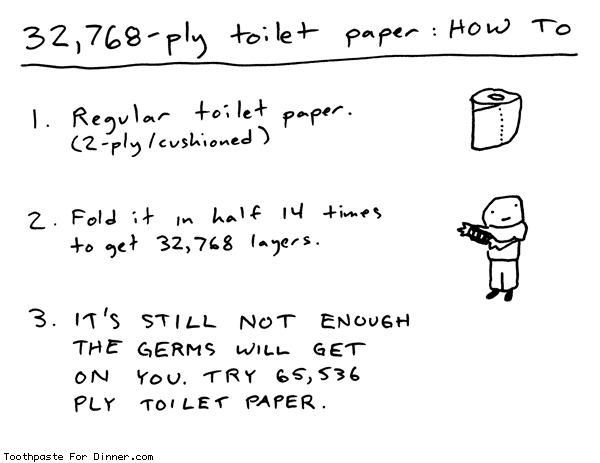General Announcements:
- You must have an independent reading book every day. If you are getting close to the end of one, have the next one at school and ready to go.
Math:
- 7th & 8th Grade:
- Due Thurs., 3/18: Math's Mates 3.4, according to new protocol:
- Complete any problems marked N/A on 3.3 on a separate sheet of paper.
- Begin 3.4 with problem #s wrong on 3.3
- Show work for * problems on separate sheet of paper.
Social Studies:
Science:
Language Arts:
- Due Thurs., 3/18: Read Children of Willesden Lane ch. 6, 7 and 8. You will be given an opportunity to demonstrate your understanding of the reading on Thursday.
Moment of Zen:

Fancy Irish Soda Bread
Our Family Recipe Secret is that we don't keep secrets about recipes. This is the way I make it, this is the way my mama makes it, and this is how her mama made it. Happy St. Patty's, folks.
Preheat oven to 375°F
Dry Mix:
4 cups flour (I used half all-purpose flour and half whole-wheat pastry flour today)
¼ cup sugar
1 Tblsp baking powder
1 tsp baking soda
1 tsp salt
Cut in ¼ cup (½ stick) cold butter to tiny pea size or smaller (I usually do this in the food processor, but you can use a pastry cutter or butterknives, too),
then add:
1 Tblsp caraway seeds
1 cup currants or raisins
Wet Mix:
1 ¾ – 2 cups buttermilk (if you split the recipe in half, use ½ - ¾ cups
buttermilk and 1 egg)
1 egg
For optional egg wash, beat together:
1 egg
2-3 Tblsp water
Mix dry and wet ingredients separately (they can actually be stored in the fridge separately for up to two weeks – much longer in the case of the dry mix), then add the wet to the dry and mix just until it forms a ball.
You can bake it as one large loaf or split it into two smaller loaves. Form the dough into roundish lumps and place on baking sheet lined with parchment or greased.
Brushing with egg wash provides a pretty, glossy crust, but isn't essential. I didn't use one today.
Bake at 375°F: 45-50 min for 1 large loaf or 30-40 min for two smaller loaves.





